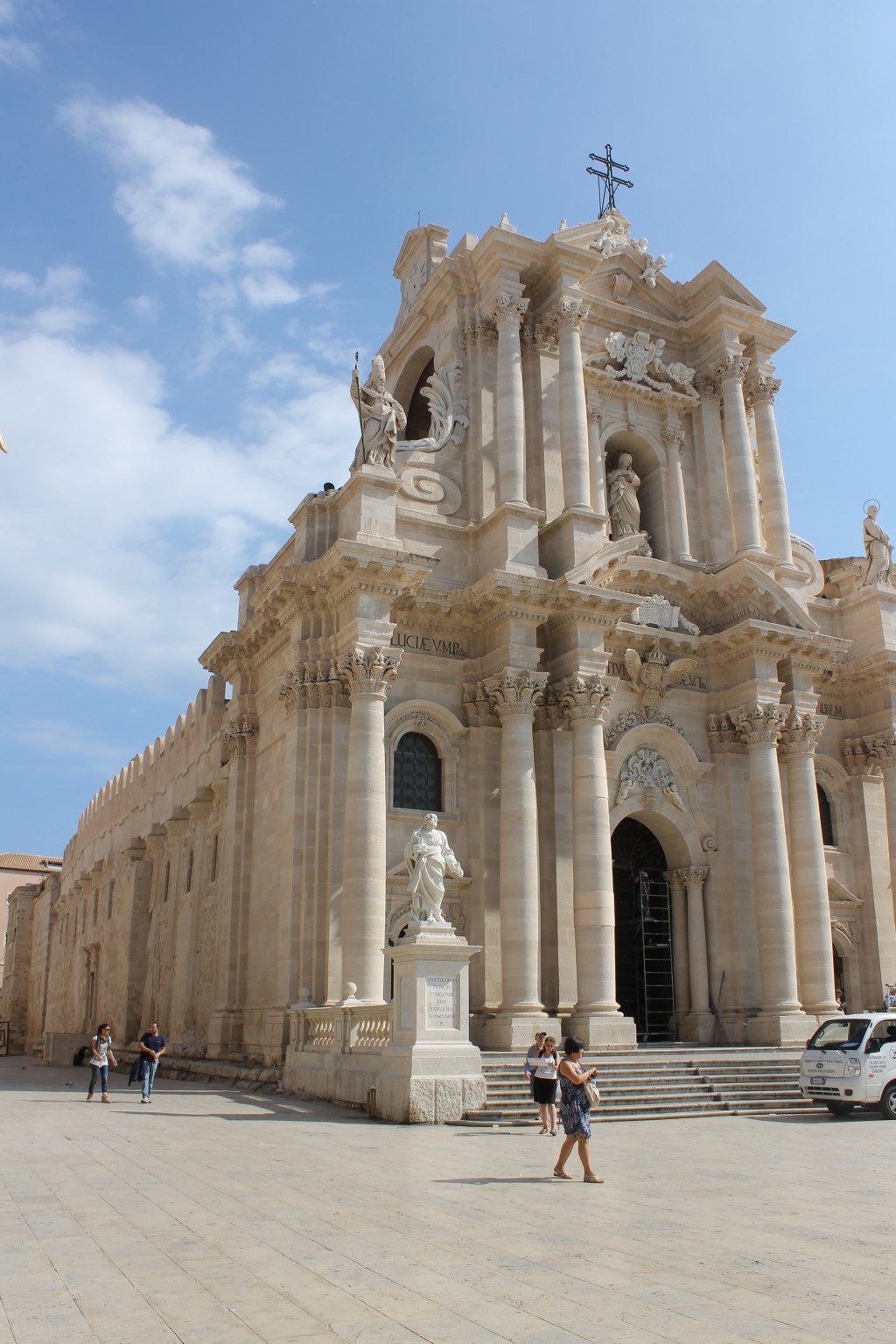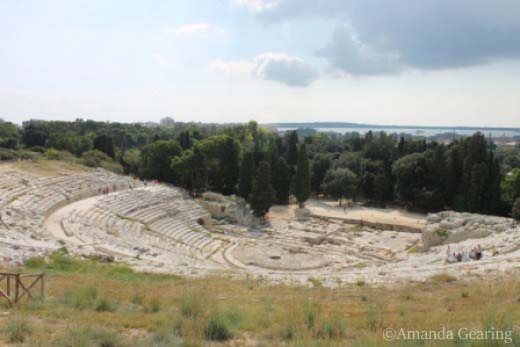Updated on July 18, 2013
The archeological park in the ancient city of Siracuse, Sicily
The day we were in Syracusa was very hot. We needed long sleeved shirts to avoid being sunburnt and plenty of water to drink.
Parking is not easy to find in the city. We parked on the waterfront and walked up through the town to the Archeological park.
As with much of Sicily, the ancient artifacts have not been well preserved or well presented to the public. There were no interpretive signs to help visitors find their way around the park or to give directions to the points of interest.
It would be worthwhile using Google maps to check out the area before going to understand the layout and what you want to see.
Siracusa was a major city and its army defeated Athens in the 400s AD. Archimedes lived (and died) in Siracusa. His grave is in the Archeological Park but is not signposted.
We also visited the old city in one day to see the cathedral.

The archeological park has Greek and Roman remains: a Greek theatre dating from 500 BC which is amongst the largest ever built. It has 59 rows of seating catering for up to 15,000 people.
The theatre is still used to stage a Greek theatre festival each year in May – June.
The cave entrance is called the “Ear of Dionysius”, a 20metre high arch cut from the rock face and 65metres deep. The cave was thought to have been used as a prison. The echoing acoustic makes the interior sound like a cathedral.
There is also a Roman ampitheatre, built in the third century AD. It is 140metres long and is one of the largest ever built. Rather than staging dramas, the Roman ampitheatre was used to stage fights between gladiators and wild animals.
We did not find the Archaeological Museum, in Via Teocrito, which houses a collection of artefacts from the surrounding area.


Ortygia Island
The centre of the Syracuse business district is on the island of Ortygia. The oldest ruins are of the Temple of Apollo, a Doric building dating from the 7th century BC.
The more modern buildings are up to 2500 years old, including Greek and Roman architecture, medieval buildings built by the Normans and some ornate Baroque buildings.
There are many restaurants and bars of dubious quality. Check Tripadvisor for recommended restaurants.
The Cathedral, facing onto the Piazzo del Duomo, was built on the site of an ancient Temple of Athena.
The original columns can be clearly seen along the side of the building. Stonework has been added to the side walls.
Traffic on the island is chaotic and parking is almost impossible to find, so walking is probably the best way to get around.



Recent Comments